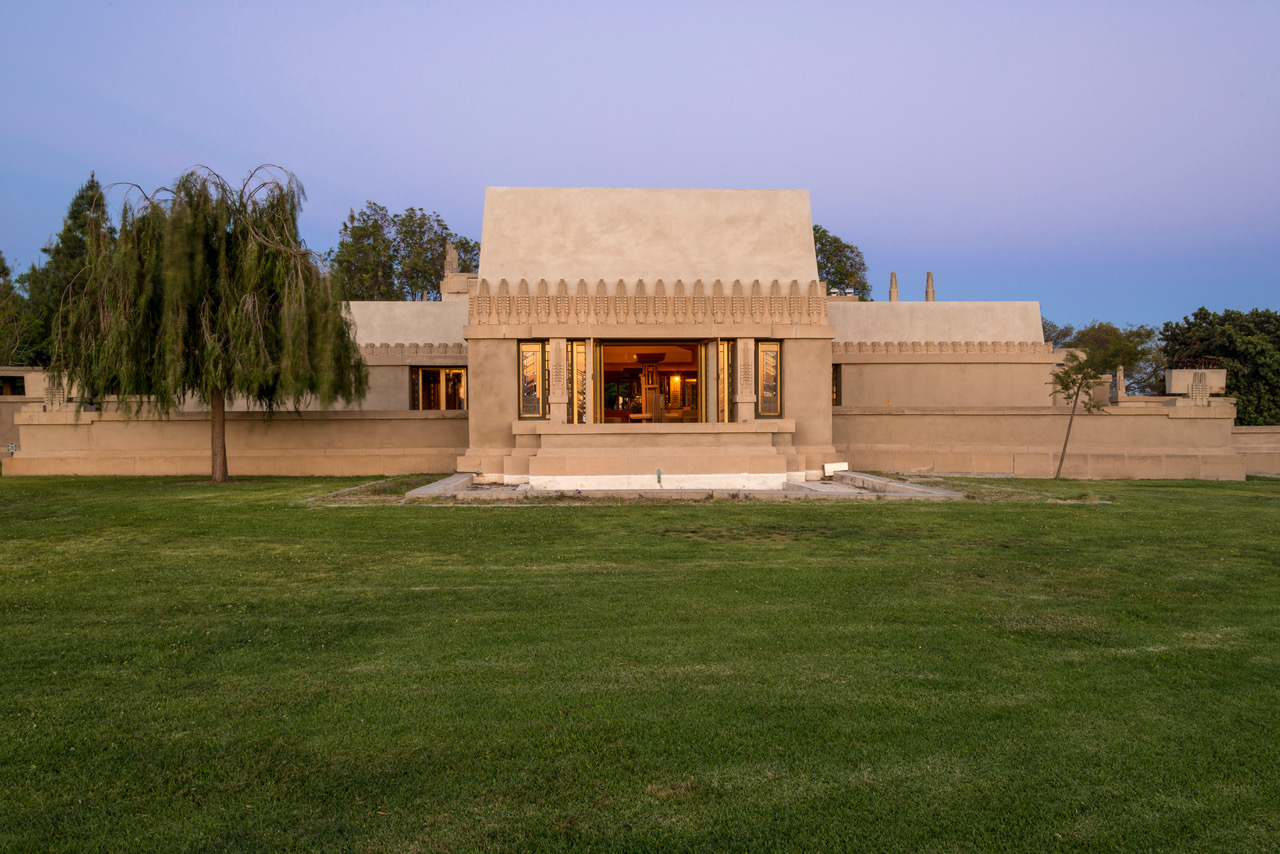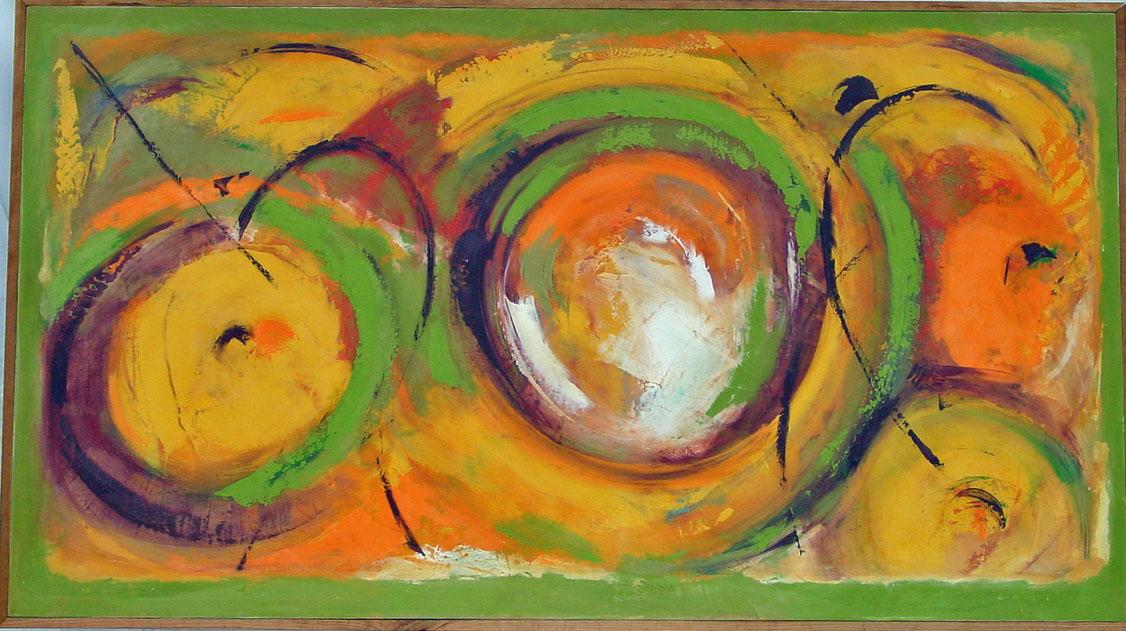An online virtual tour of Hollyhock House at Barnsdall Art Park debuted in the fall, after the L.A. city council approved $133,000 to produce the online experience inside Frank Lloyd Wright’s East Hollywood project. A+A interviewed Jeffrey Herr, curator of the Hollyhock House, about it via email:
Background on the house?
Hollyhock House was the first house Wright designed in Los Angeles, in 1919. It was meant to appeal to his client, oil heiress Aline Barnsdall, whose theatrical ambitions included producing avant-garde plays in a Wright-designed theatre. Described by Wright to be “as domestic as a shooting star” the house is theatrical and breaks from traditional domestic use in ways that presage California Modernism. Barnsdall fired Wright when he failed to produce construction drawings for the theatre, resulting in an abandonment of the project completely. In 1927 the house and 12 acres were given to the City of Los Angeles to commemorate the memory of her father. Hollyhock House was used by various organizations until it was restored in 1975 and began operating as a house museum.
Why a virtual accessibility tour?
A visit to Hollyhock House is a challenge for any visitor. Its design was not meant to accommodate large groups of visitors and the relative size of the interior spaces, coupled with the need to protect fragile surfaces and artifacts, further reduces the traffic flow. Not only will the Virtual Accessibility Experience allow visitors with various abilities to experience and see more of the details that make the house a treasure, but so will all visitors including those unable to travel to Los Angeles.
How many people tour it annually?
Currently 30,000 visitors visit Hollyhock House annually
How many more with this tour?
We anticipate a significant increase in our visitation due to our efforts to provide this extraordinary experience. Additionally, we anticipate being inscribed on UNESCOs World Heritage List in 2019 with the corresponding increase in visitors.
Is the tour self-guided or curated?
We are only able to accommodate the number of visitors that come to Hollyhock House annually by using the self-guide model. However, this does not mean a lack of engagement with knowledgeable docents. It is the visitor’s choice as to how much or how little they wish to engage with docents. The Virtual Accessibility Tour is also designed to be experienced with the engagement of a docent, depending on the interest of the user.
What does it cover?
The tour first and foremost covers about 90% of Hollyhock House or the rooms that will be open for viewing. It also features “points of interest” that highlight notable features. A plus for everyone is the ability to explore exterior spaces not available to any visitor. The roof terraces are the prime example with views of the Hollywood Hills and the Pacific Ocean on the western horizon.
Is the landscape included?
Landscape is included to the extent that it demonstrates Wright’s desire to connect the interior with the exterior and vice versa. The part house/part garden design of the Barnsdall House is a feature that we have tried to illustrate in this experience.
What would Wright say?
Now there’s a good question. What he did say was: “Tip the world on its edge and everything loose will fall into Los Angeles.” About this program? I think he would be fascinated by it as much as he was about the technology developed over his lifetime. He might harrumph a bit about the attention paid to his client over wanting more text about himself.
For more, go here.
[slideshow id=1957]



